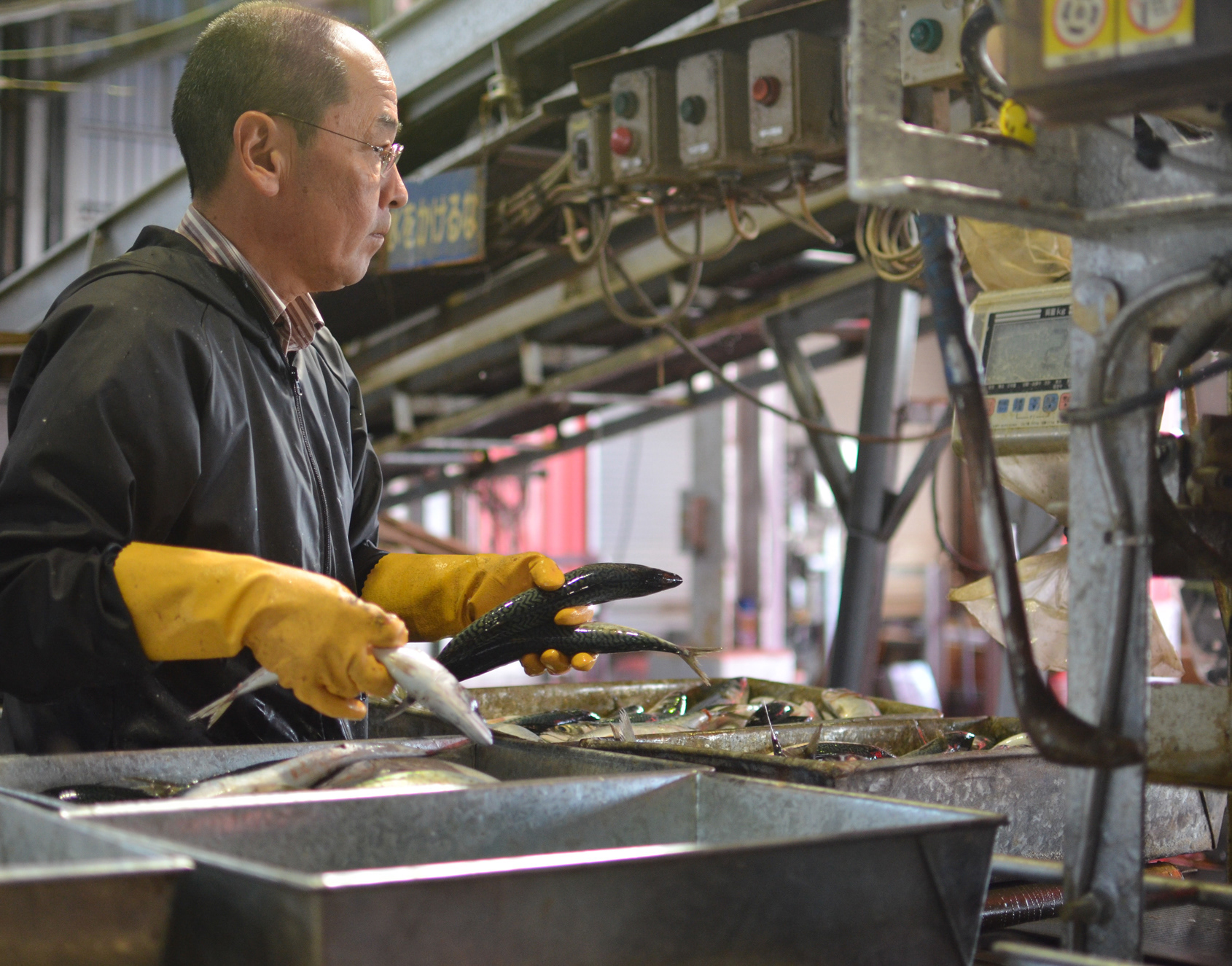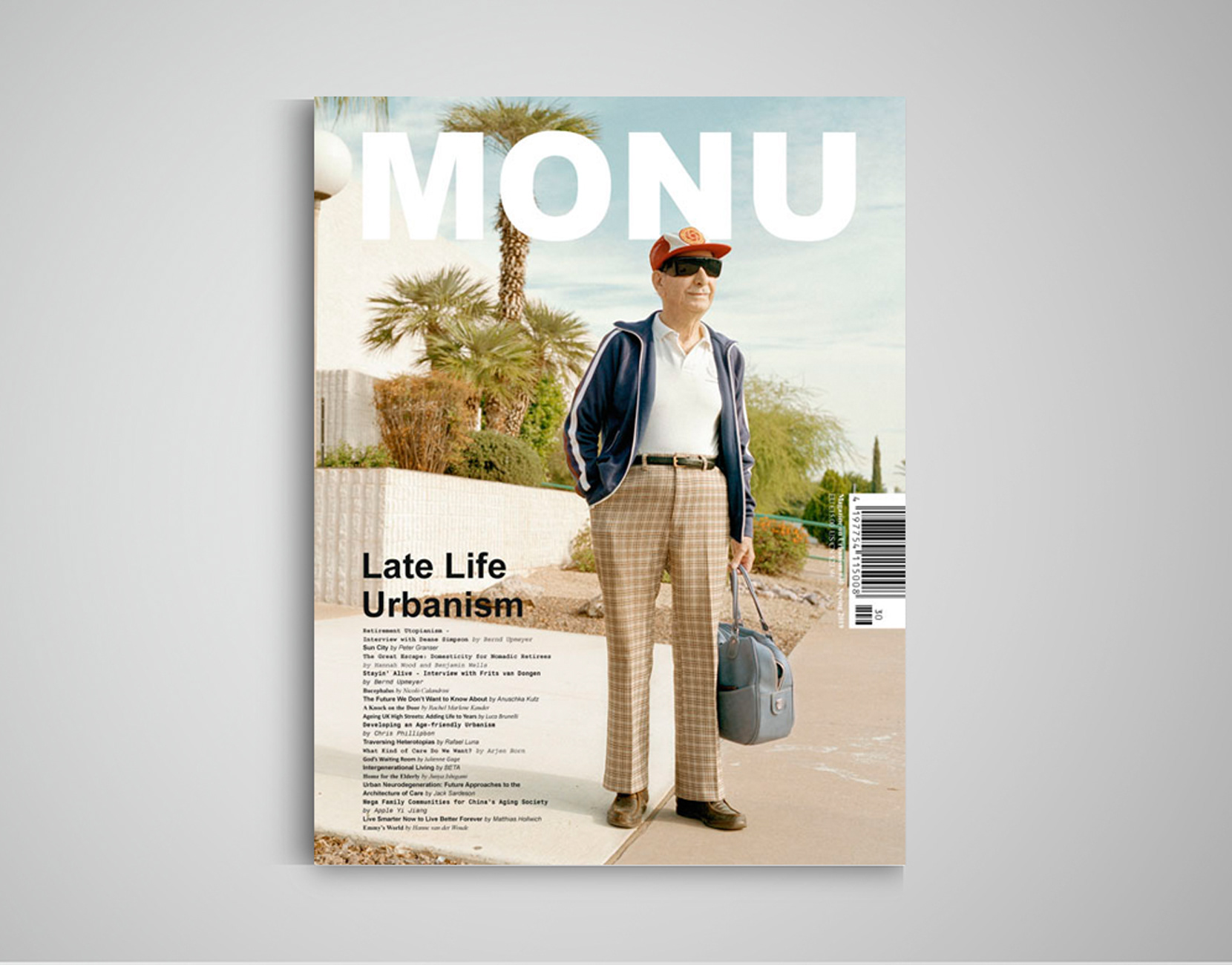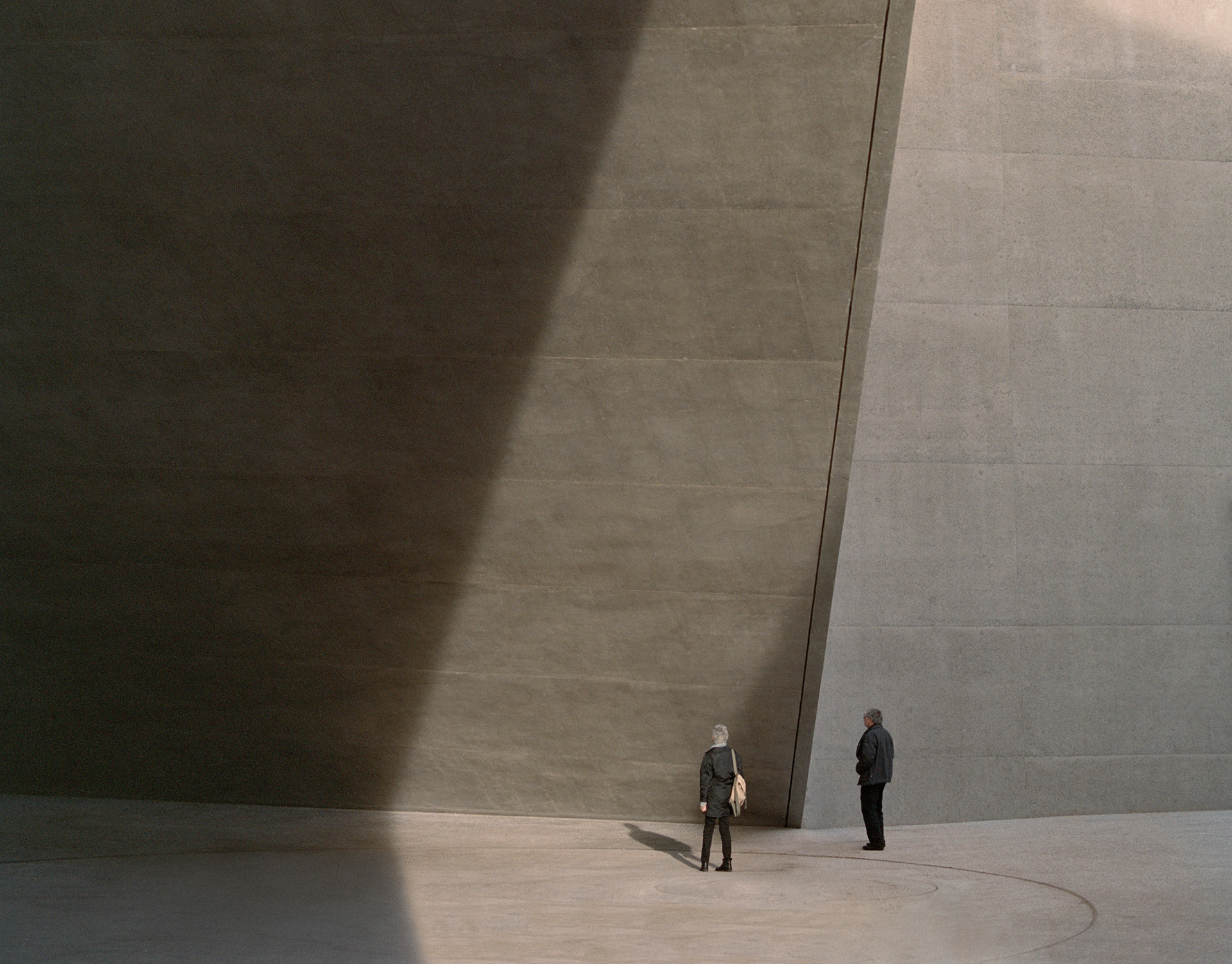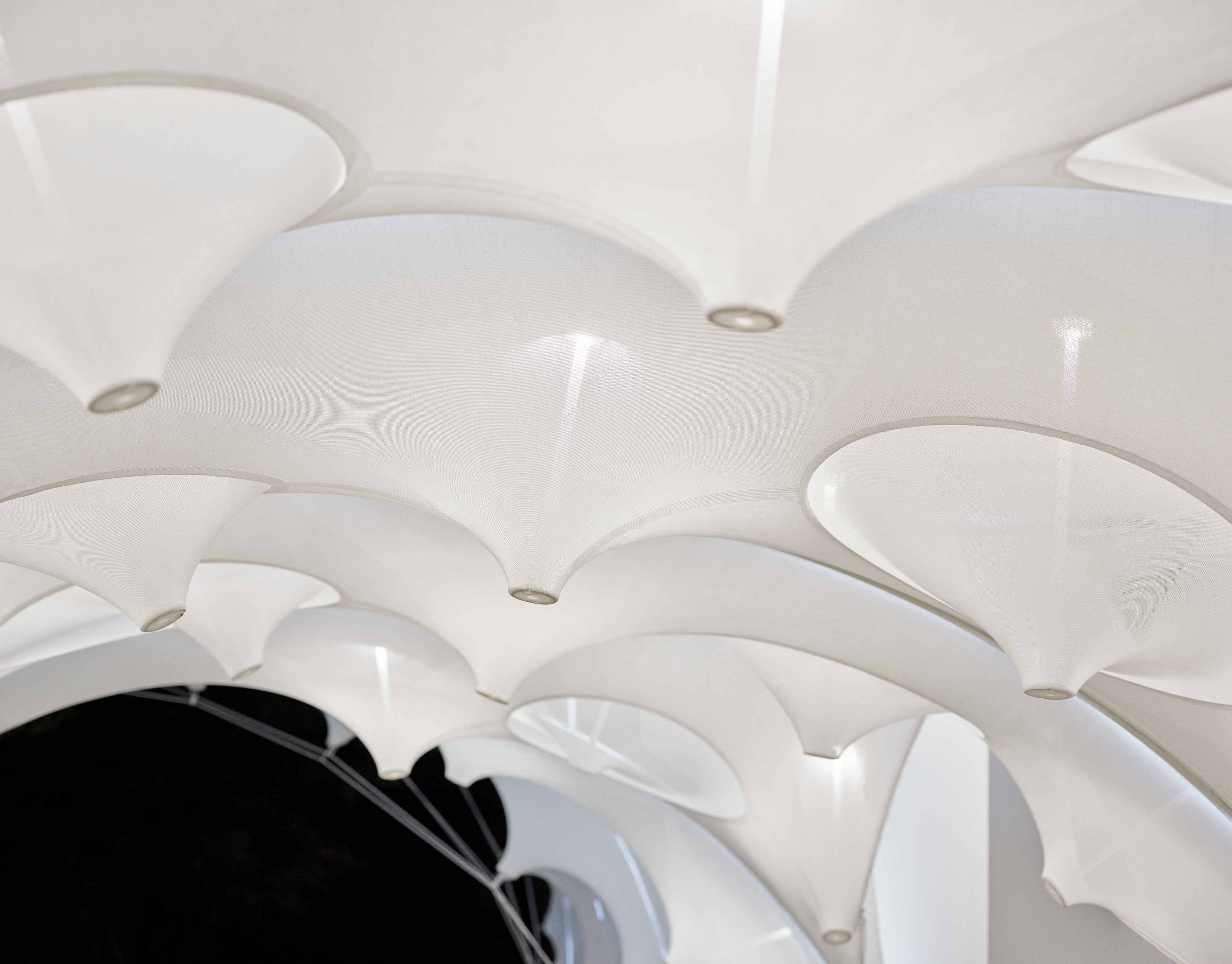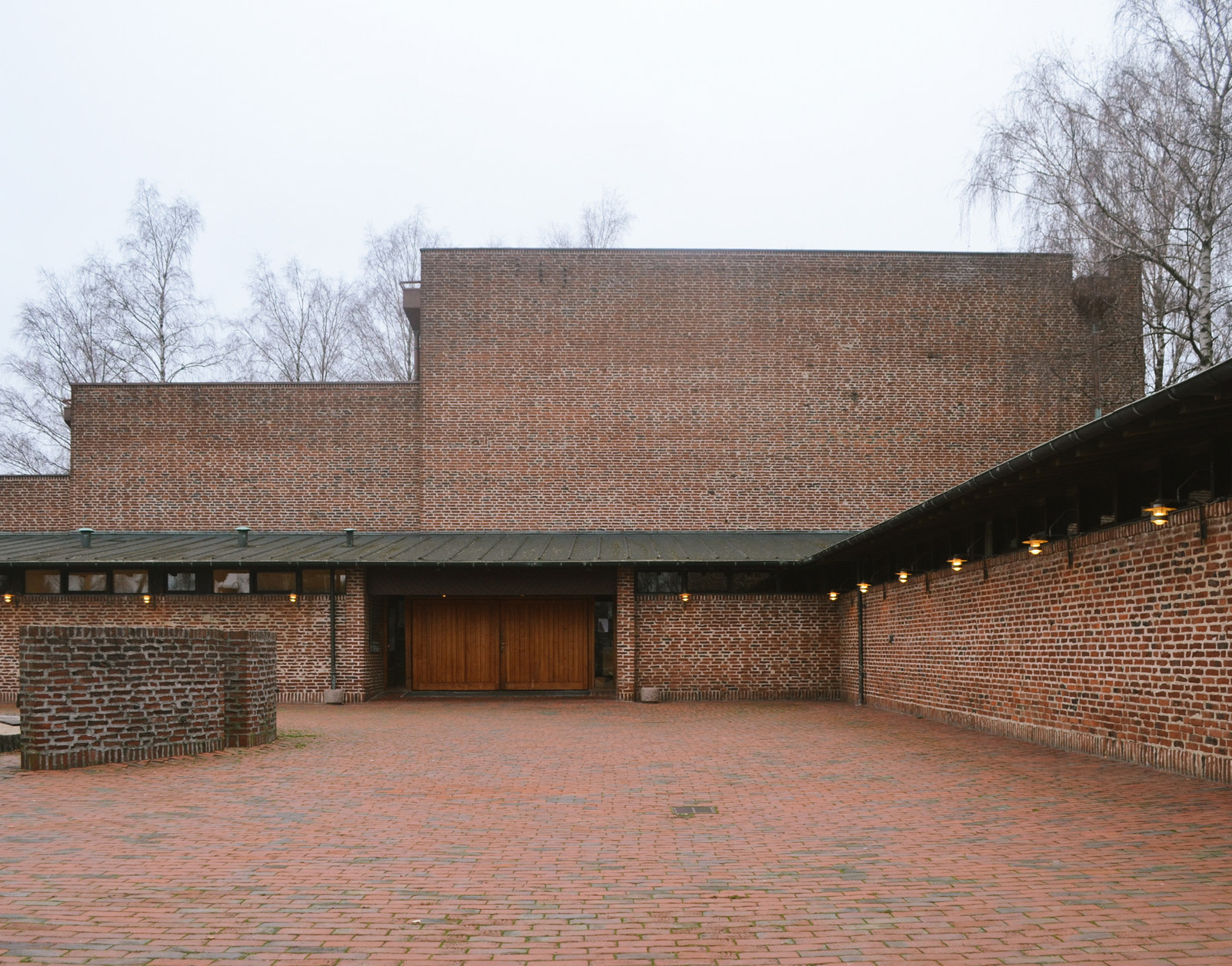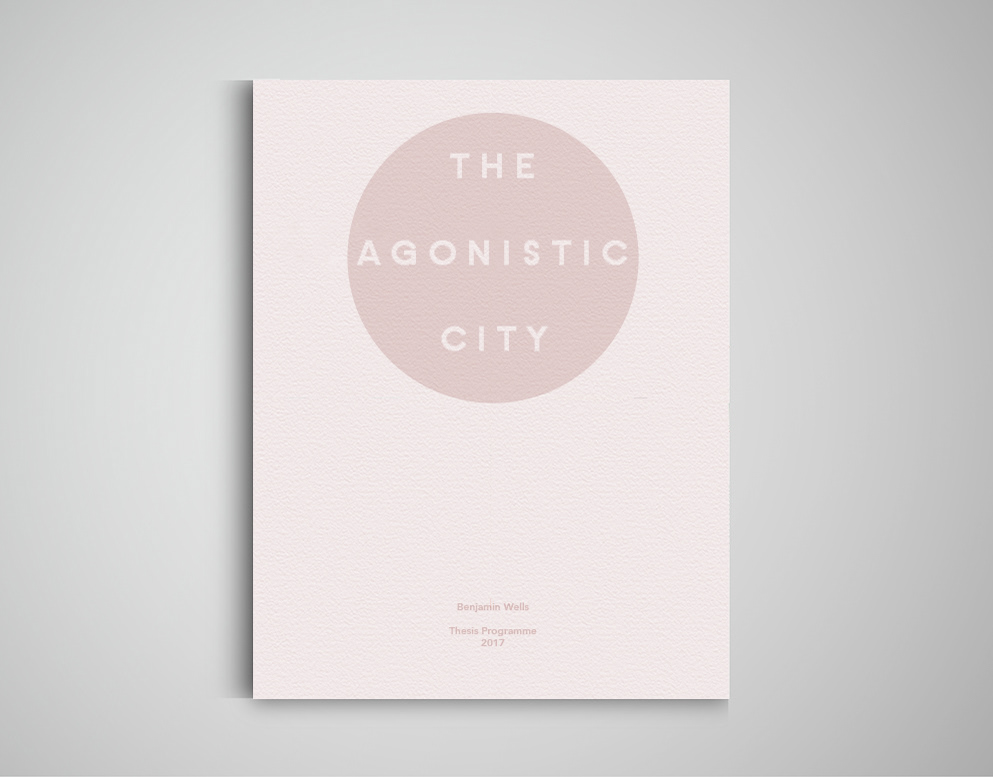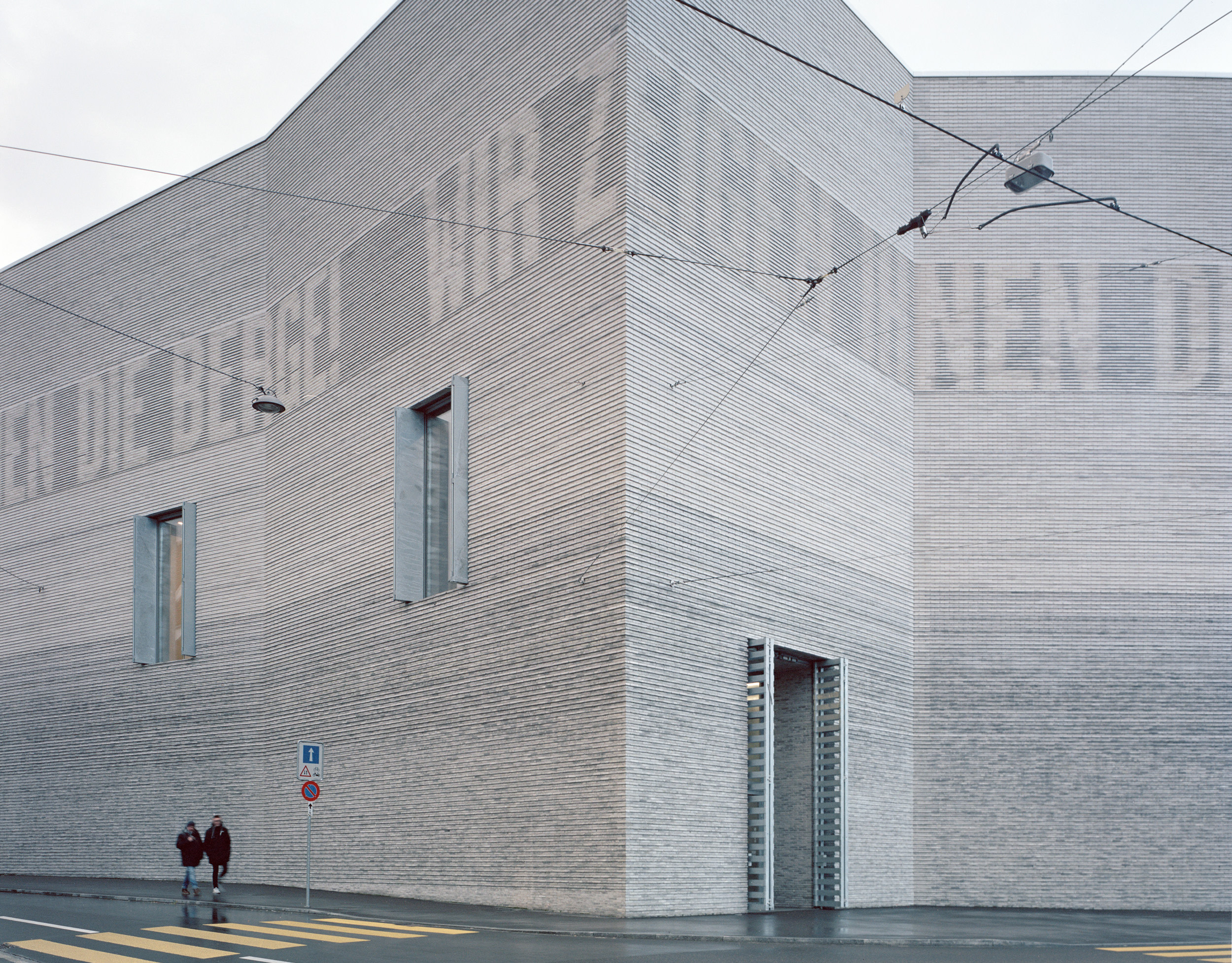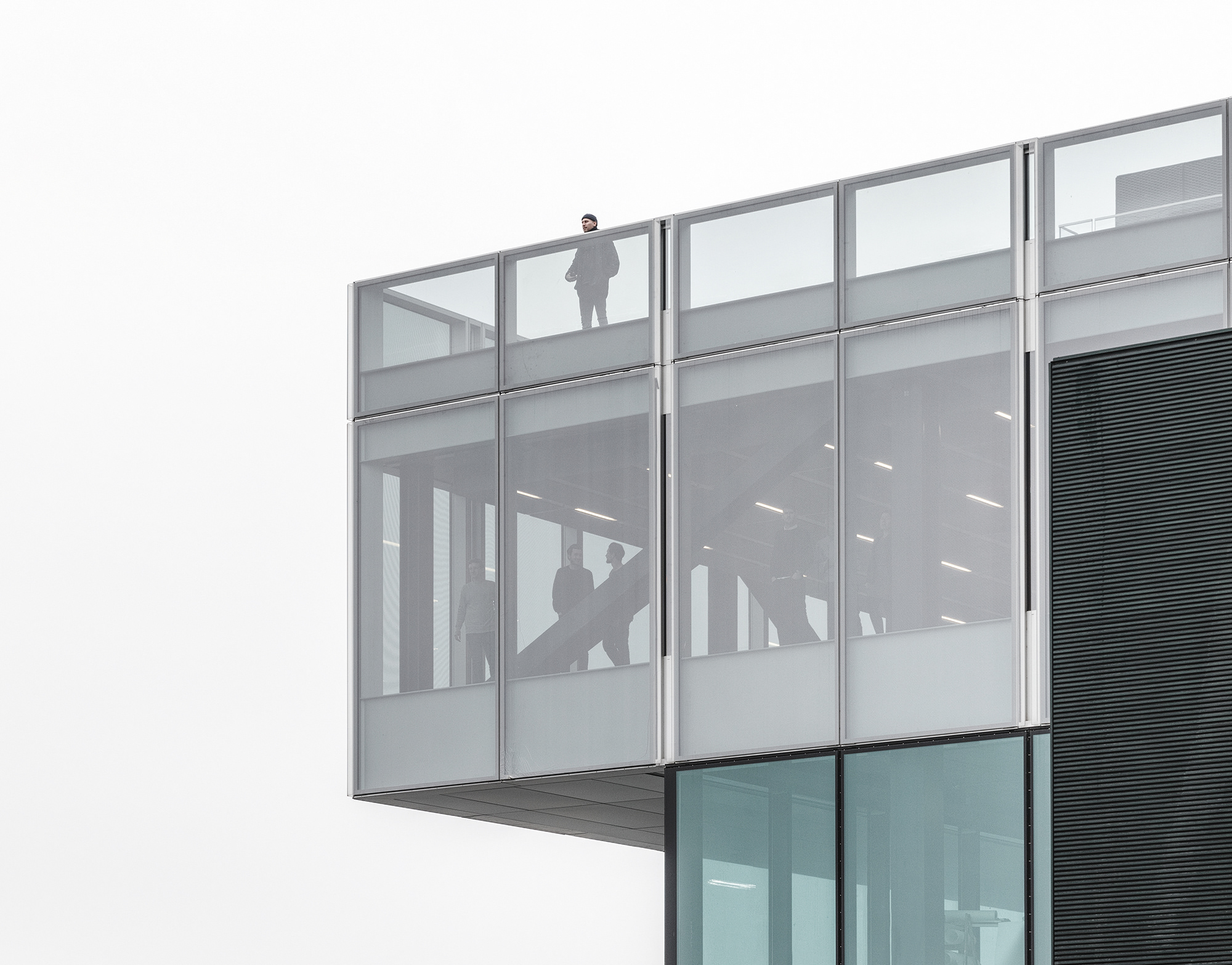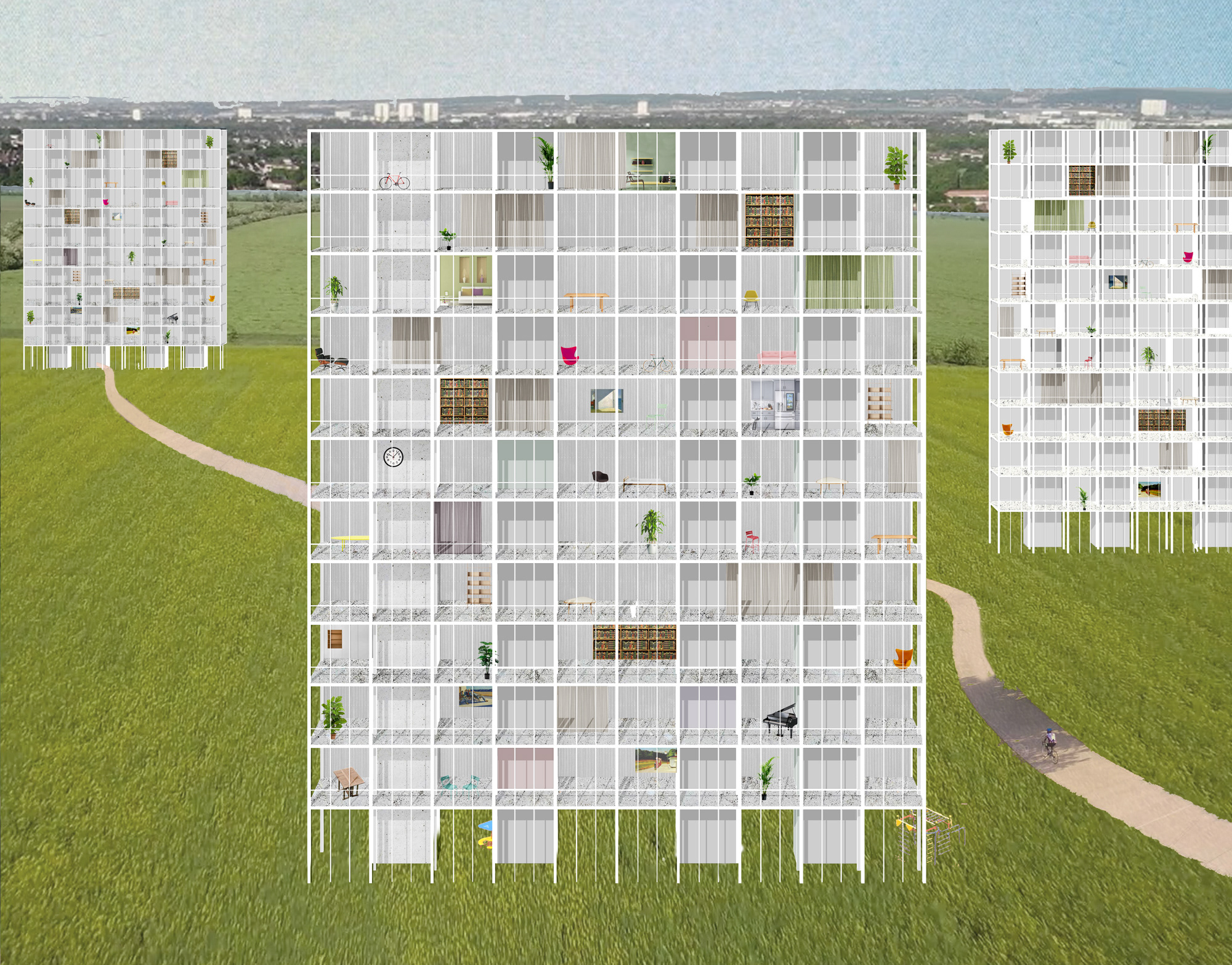Published in Arkitekten 06 - August 2020
Invited by Denmark's Arkitekten to reflect on how covid-19 is shaping Britain's architecture, and its architectural profession.
As the UK entered its national lockdown at the end of March, the architectural profession was quick to declare the pandemic a design project - an opportunity to radically reimagine everything from office culture to housing provision to architectural education. Yet as the monotony of repetitious routines and the dull haze of new technologies takes its toll, sweeping speculations have made way for a more tentative discussion around how the profession might adapt to a new post-covid state of affairs.
There are urgent issues that must be confronted in the short term - such as why the profession stood silent as building sites were kept open, resulting in construction workers being amongst the worst hit professions in covid-19 fatalities, or the increased levels of employee exploitation that lockdown has fostered, with the UK’s fledgling architect’s trade union revealing many stories of unreasonable work demands and redundancies made without consultation or notice.
Looking ahead, a renewed focus on housing looks set to absorb much of the profession’s collective consciousness for the foreseeable future. As we’ve been confined to a perpetual domesticity, the pandemic has put into sharp relief the inadequacies of many aspects of British housing, from affordability to space standards.
A persistent lack of housing affordability in both the private and rental sectors has resulted in immediate hardship when wages become threatened by economic instability. For those fortunate enough to have a secure home through months of confinement, the state of these homes has been tested to their limit. For many years housing development in the UK has sacrificed space and quality in favour of unit numbers and profit, resulting in some of the smallest new homes in Western Europe. As the pandemic has expanded the usual function of the home to include exercise, education, regular work, and everything in between, our current housing stock has been put to the test and in many cases found wanting. Moreover, the pandemic has revealed and exacerbated many preexisting inequities, with the widespread lack of outdoor space confining many to an endlessly interior existence, while the ability to effectively isolate or work from home has proven to be an unattainable luxury for many.
With some extent of confinement and home working likely to persist, there is much work to be done in adapting existing homes, and creating new homes, that address these chronic deficiencies. The architectural profession is set to be pivotal in this renewed focus, not least because there are early signs that housing associations and local authorities will be quicker to recommence projects than risk-averse commercial clients.
The UK government’s response to homelessness during lockdown could reflect a shift in priorities, with 90 percent of the country’s many rough sleepers offered emergency accommodation in budget hotels. This demonstrates that in times of crisis, ambitious political will can enable action that was was previously deemed unrealistic or unaffordable. Whilst a hotel is far from a home, this response underlines the importance of shelter as the most basic of needs, not least during a pandemic, and should catalyse a reinvigorated focus on the state of British homes.
